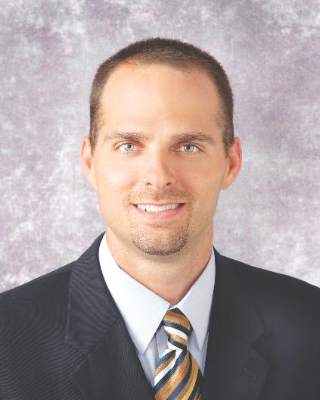AT NAEMSP 2016
SAN DIEGO (FRONTLINE MEDICAL NEWS) – Among emergency medical services clinicians, shift length alone was not associated with sleep duration, sleep quality, or self-reported fatigue at the start or end of shift work, preliminary results from a pilot study showed.
“There is a compelling need to address the sleep health and fatigue of EMS clinicians,” lead study author P. Daniel Patterson, Ph.D. , said in an interview. “Reports of EMS clinicians falling asleep while driving ambulances have increased in recent history. There is a palpable concern for the safety of patients and clinicians. Prior studies show half of EMS clinicians report excessive mental and physical fatigue while at work; half get less than 6 hours of sleep daily, half rate their sleep quality as poor, and more than one-third report excessive daytime sleepiness.”
In an effort to characterize the sleep-wake and shift patterns of EMS clinicians working diverse shift schedules, Dr. Patterson, research director for MedCenter Air in the department of emergency medicine at Carolinas HealthCare System Medical Center, Charlotte, N.C., and his associates randomly selected 20 EMS clinicians participating in a randomized pilot trial that used text messaging to determine how real-time assessments of perceived sleepiness and fatigue impacts alertness and other behavior during shift work. These individuals provided detailed sleep diaries for 14 straight days in addition to reports of their fatigue in real time during shift work. The researchers used descriptive statistics to characterize sleep patterns in relation to shift work and self-reported fatigue during shifts.
Of the 20 study participants, 14 recorded at least one shift during the 14-day observation period. The mean number of shifts among these 14 participants was five, the most common shift duration worked was 24 hours (49%), and they had a mean of 34 hours off between scheduled shifts. Dr. Patterson, who is a practicing, nationally registered paramedic, reported at the annual meeting of the National Association of EMS Physicians that the shift length for eight of the study participants did not vary, while six worked shifts that ranged from 5 to 48 hours. The researchers found that when participants worked an extended shift of 24 hours, they slept significantly less before the shift than when working a shift of shorter duration (P = .0001). Participants who worked 24-hour shifts averaged 4.9 hours of sleep/rest during scheduled shifts, compared with 0.5 hours of total sleep/rest during shifts of shorter duration (P less than .0001). Dr. Patterson also reported that there appeared to be no differences based on shift duration (24 hours vs. other duration) in total sleep during the 24 hours after a scheduled shift.
He underscored the preliminary nature of the findings and acknowledged the potential for selection bias. “Much of our data are based on clinician self-report. Where possible, we used reliable and valid instruments and tools tested in the EMS setting to improve the internal validity.”
In a separate study presented during a poster session at the meeting, Dr. Patterson and his associates reported they are analyzing detailed sleep diaries and other sleep health information to evaluate psychomotor vigilance in more than 100 air-medical clinicians located in the South, Midwest, and Northeast United States.
Dr. Patterson also made a plea for EMS clinicians to participate in studies focused on their sleep health and fatigue. “We need these data to guide the development of fatigue risk management programs.”
Dr. Patterson disclosed that the study involving 14 EMS clinicians was funded by the Pittsburgh Emergency Medicine Foundation, the MedEvac Foundation, and by a career development award from the National Center for Resources and the National Institutes of Health. He reported that funding for the second study of air-medical clinicians is funded by the MedEvac Foundation.




